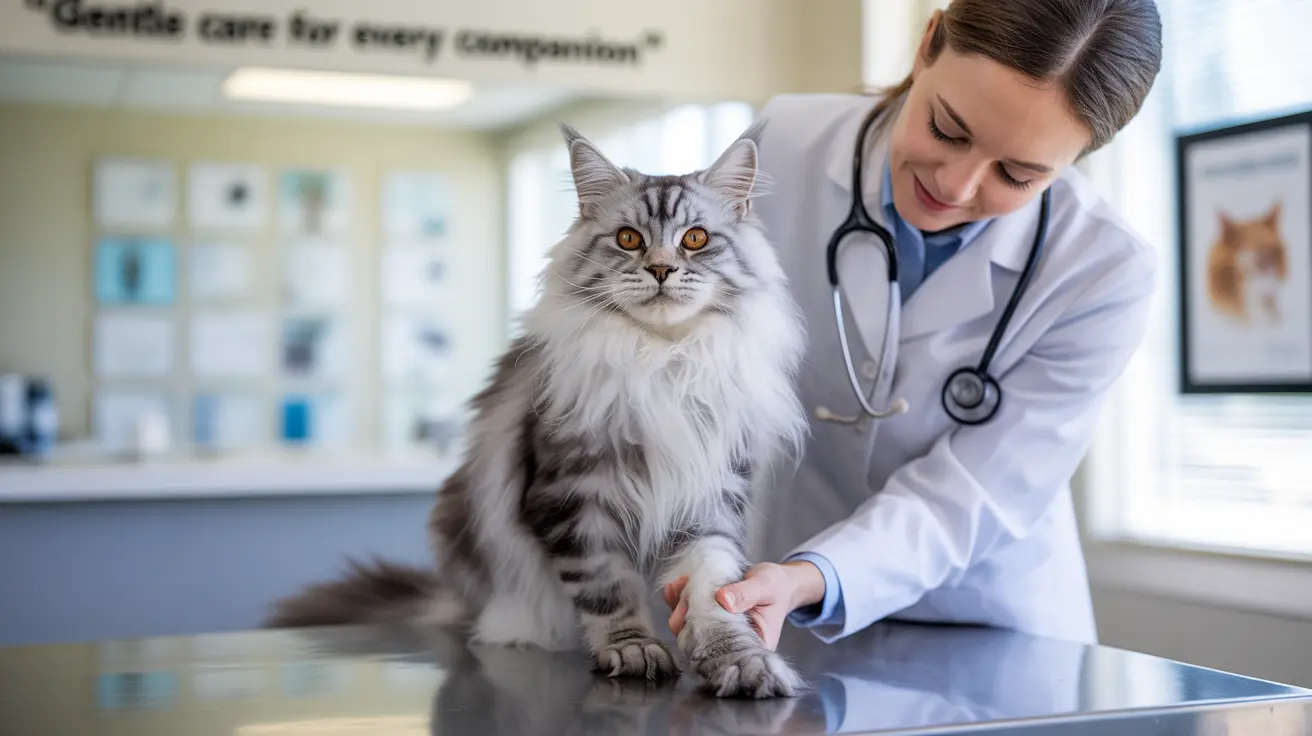Introduction
When it comes to antibiotic treatments for cats, Baytril (enrofloxacin) stands out as both a powerful medication and a potential source of serious concern. While this fluoroquinolone antibiotic effectively treats various bacterial infections, there have been alarming cases where Baytril killed cats or caused severe adverse reactions. Understanding these risks is crucial for any cat owner whose veterinarian prescribes this medication.
This comprehensive guide explores the serious risks associated with Baytril in cats, including potentially fatal complications, and provides essential information about safe usage, warning signs, and alternatives.
Understanding Baytril and Its Serious Risks
Baytril is a broad-spectrum antibiotic commonly prescribed for bacterial infections in cats, particularly those affecting the respiratory system, urinary tract, and skin. However, its use carries significant risks that every cat owner should understand:
Potentially Fatal Complications
In severe cases, Baytril can lead to life-threatening complications, especially when:
- Administered in doses exceeding 5 mg/kg/day
- Given to cats with pre-existing conditions
- Used in dehydrated cats
- Combined with certain other medications
Warning Signs of Severe Reactions
Critical warning signs that require immediate veterinary attention include:
- Sudden vision changes or blindness
- Severe neurological symptoms
- Extreme lethargy or depression
- Seizures or uncoordinated movement
- Persistent vomiting or diarrhea
How Baytril Can Lead to Fatal Outcomes
There are several mechanisms through which Baytril can cause severe harm or death in cats:
Retinal Degeneration
Cats are uniquely susceptible to retinal damage from Baytril, which can occur rapidly and lead to permanent blindness. This damage can be accompanied by other severe systemic reactions that may become life-threatening.
Acute Toxicity
High doses or individual sensitivity can result in acute toxicity, leading to:
- Severe neurological impairment
- Organ failure
- Cardiovascular complications
- Fatal reactions in extreme cases
Preventing Tragic Outcomes
Safe Usage Guidelines
To minimize risks when using Baytril:
- Never exceed prescribed dosages
- Ensure accurate weight-based dosing
- Monitor your cat closely during treatment
- Report any concerning symptoms immediately
- Never use leftover or borrowed medication
Risk Factors to Consider
Certain cats are at higher risk for severe reactions:
- Young, growing kittens
- Elderly cats
- Those with kidney or liver disease
- Dehydrated cats
- Cats taking other medications
Frequently Asked Questions
What are the common and serious side effects of Baytril (enrofloxacin) in cats?
Common side effects include vomiting, diarrhea, and decreased appetite. Serious side effects can include permanent blindness, seizures, severe neurological symptoms, and in rare cases, death.
Can Baytril cause blindness or neurological problems in cats, and how can I recognize these symptoms?
Yes, Baytril can cause sudden blindness and neurological issues. Watch for dilated pupils, vision changes, uncoordinated movement, seizures, or unusual behavioral changes.
How can I safely use Baytril for my cat to avoid overdose and severe reactions?
Follow veterinary dosing instructions exactly, never exceed prescribed amounts, and monitor your cat closely. Ensure proper weight-based dosing and report any concerning symptoms immediately.
What should I do if I suspect Baytril has harmed my cat or caused severe side effects?
Immediately contact your veterinarian or an emergency animal hospital. Document all symptoms and when they began. Stop administering the medication only under veterinary guidance.
Are there safer alternative antibiotics to Baytril for treating infections in cats?
Yes, several alternative antibiotics may be suitable depending on the infection type. Discuss options with your veterinarian, who can prescribe alternatives based on your cat's specific condition and risk factors.
Conclusion
While Baytril can be an effective antibiotic when properly prescribed and administered, its potential to cause severe or fatal reactions in cats cannot be ignored. Always work closely with your veterinarian, follow dosing instructions precisely, and remain vigilant for any signs of adverse reactions. When in doubt, prioritize your cat's safety and seek immediate veterinary care if concerning symptoms develop.






